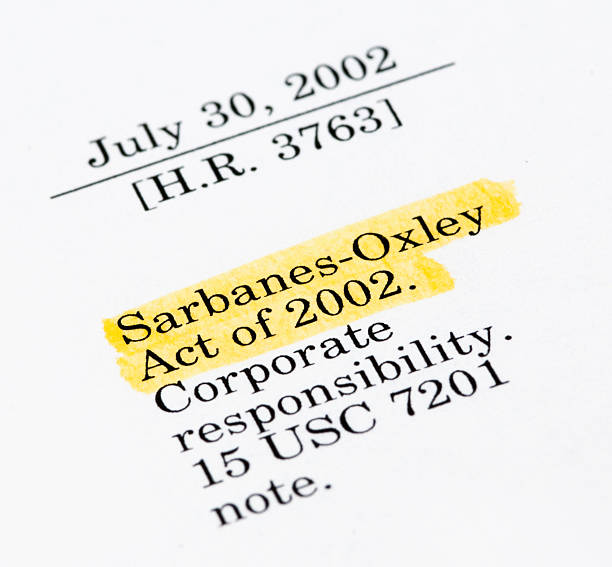Engagement Strategies for Consultations on Public Policy Drafts
Effective consultation on public policy drafts requires clear design, inclusive outreach, and measured procedures that balance technical requirements and public input. This brief outlines practical approaches to improve stakeholder participation, ensure transparency, and support accountable implementation for reforms and regulatory proposals.

Public consultations on policy drafts are central to democratic decision-making, creating a structured opportunity for input from affected parties and the public. Well-designed engagement helps align legislation and regulation with real-world needs, clarifies compliance burdens for implementers, and strengthens the legitimacy of proposed reform. This article outlines practical strategies for designing consultations that promote meaningful participation, preserve transparency and oversight, and support accountable implementation of policy decisions.
How does legislation shape consultation design?
Legislation often sets mandatory requirements for consultation timing, notification, and who must be consulted. When drafting consultation plans, review relevant statutory provisions and regulatory guidance to ensure legal compliance and to avoid later procedural challenges. Embed clear objectives in the consultation scope: whether the goal is to gather technical feedback on regulatory text, assess social impacts, or solicit advocacy group perspectives. Use plain-language summaries of draft provisions so stakeholders can assess implications quickly; this reduces barriers to engagement and improves the quality of submissions. Align timelines with legislative calendars and provide sufficient time for meaningful review, especially where complex reform or cross-sector regulation is involved.
How can compliance concerns be addressed?
Addressing compliance concerns early in consultations helps policymakers anticipate implementation challenges and identify realistic regulatory obligations. Ask stakeholders to outline anticipated costs, administrative impacts, and capacity constraints tied to proposed requirements. Offer templates for impact assessments or compliance checklists to standardize responses. Engage technical experts and local services to validate feasibility, and consider staged implementation or grace periods where compliance burdens are significant. Transparently document how compliance feedback influenced final policy text so regulators and regulated entities understand the rationale for any regulatory adjustments.
What role does governance play in consultations?
Strong governance establishes rules, roles, and accountability for consultation processes. Define who is responsible for outreach, how responses will be logged and analyzed, and which internal decision-makers will consider consultation outcomes. Create governance structures that include impartial oversight—such as independent review officers or interagency committees—to mitigate bias and ensure consistent treatment of input. Governance arrangements should also specify how confidentiality requests are handled and how conflicts of interest are managed. Clear governance supports credibility and helps integrate consultation insights into subsequent drafting and oversight mechanisms.
How should stakeholders be identified and engaged?
Map stakeholder groups early: affected industries, civil society organizations, local authorities, advocacy networks, and communities likely to be impacted. Use a mix of outreach channels—direct invitations, public notices, social media, and partnerships with community organizations—to reach diverse audiences and to ensure inclusivity. Offer multiple engagement formats, such as written submissions, targeted roundtables, webinars, and plain-language explainer materials, to accommodate different capacities. Maintain accessible timelines and provide translation or disability accommodations where relevant. Keep records of who participated and summarize perspectives by stakeholder category to clarify representative trends and outlier views.
How can transparency and oversight be ensured?
Transparency builds trust and invites constructive public scrutiny. Publish draft texts, impact assessments, and consultation timelines in accessible locations, and make submission summaries publicly available. Provide clear explanations of which comments will be anonymized or published in full. Implement oversight by appointing an independent monitor or publishing an audit trail showing how stakeholder input was considered, including reasons for accepting or rejecting specific recommendations. Transparent reporting enables oversight bodies, media, and advocacy groups to evaluate the process and helps support accountability during later implementation and reform stages.
How is accountability maintained during implementation?
Accountability links consultation outcomes to measurable implementation milestones. Define roles for monitoring, set performance indicators tied to policy objectives, and establish reporting schedules for regulators and responsible agencies. Use feedback loops—such as post-implementation reviews or sunset clauses—to assess whether the policy achieved intended results and to identify necessary regulatory adjustments. Ensure mechanisms exist for stakeholders to raise concerns during rollout, and outline escalation paths to oversight bodies if compliance or unintended impacts arise. Well-documented accountability arrangements help sustain public confidence in reform and enable corrective action when needed.
Conclusion A structured consultation process balances procedural rigor with openness: legal alignment, practical compliance assessment, inclusive stakeholder outreach, clear governance, and transparent oversight all contribute to meaningful engagement. Embedding accountability and implementation-focused monitoring ensures that consultation inputs translate into credible, actionable policy outcomes. Thoughtful design and consistent documentation improve both the substance and legitimacy of public policy drafting and reform.





